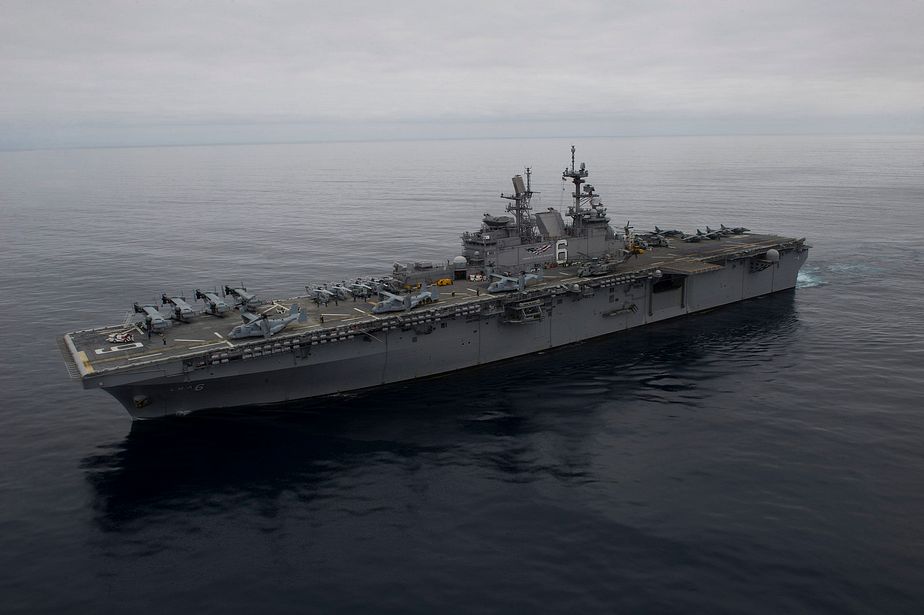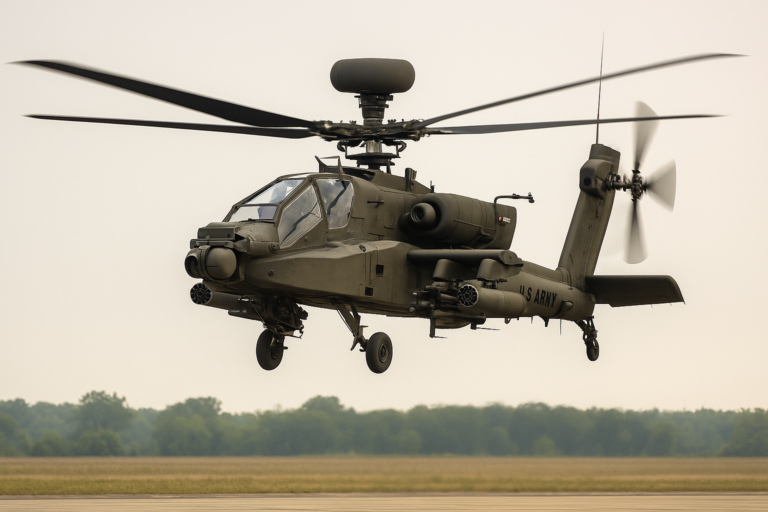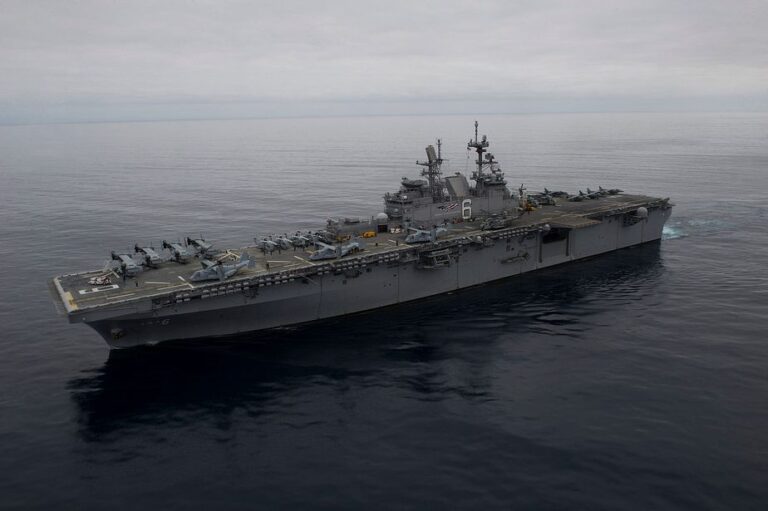
How the Navy’s floating fortresses deliver power from sea to shore
When most people think of warships, they imagine sleek destroyers launching missiles or silent submarines patrolling the deep. But hidden among the U.S. Navy’s most strategic assets is a class of vessels that are neither subtle nor sleek—yet they are among the most versatile and powerful tools in America’s arsenal. These are amphibious ships: massive, mobile platforms built to carry the fight from open ocean directly onto enemy shores.
🛳 What Are Amphibious Ships?
Amphibious ships are uniquely designed to support amphibious warfare—the military strategy of launching attacks from the sea onto land. Unlike other naval vessels that are built for naval battles or patrols, amphibious ships act as floating bases that transport and deploy troops, vehicles, helicopters, and supplies directly onto hostile or contested coastlines.
These ships form the backbone of the Navy-Marine Corps team, capable of:
- Launching large-scale amphibious assaults
- Supporting humanitarian assistance and disaster relief
- Evacuating embassies or civilians from unstable regions
- Providing forward-deployed presence to deter aggression
They are built for the complex, chaotic transitions from sea to land—a type of warfare that has defined major conflicts from WWII to the present.
⚔ More Than Just Transport Ships
Amphibious ships are not simply transport vessels; they are operational platforms capable of sustaining combat operations. Most are equipped with:
- Flight decks for helicopters and vertical/short takeoff jets like the F-35B
- Well decks to launch landing craft and amphibious vehicles
- Medical facilities, command centers, and logistics support
In essence, an amphibious ship can act as a self-contained military installation, maneuvering to global hotspots without relying on local infrastructure.
🌊 Power Projection in Action
From the beaches of Normandy to the shores of Iwo Jima, and more recently in Lebanon, Somalia, and Afghanistan, amphibious ships have carried Marines and Navy SEALs into some of the most critical military operations of the last century.
But these ships are also vital in non-combat roles:
- During the 2010 Haiti earthquake, amphibious ships like the USS Bataan provided relief, water purification, and hospital services.
- In 2021, amphibious readiness groups played a role in the evacuation of Kabul.
They are often the first U.S. forces to arrive in a crisis—and the last to leave.
🔭 Preparing for the Future
As the global battlefield evolves, so too do amphibious ships. The Navy is investing in new platforms like the America-class LHA, which supports advanced aircraft like the MV-22 Osprey and F-35B. Additionally, smaller Light Amphibious Warships (LAWs) are being developed to support distributed operations in contested regions like the Indo-Pacific.
These next-generation vessels are designed to integrate with emerging Marine Corps strategies, including:
- Expeditionary Advanced Base Operations (EABO)
- Littoral Operations in a Contested Environment (LOCE)
The future of amphibious warfare is faster, more flexible, and more decentralized.
🧭 Conclusion: The Strategic Edge
U.S. amphibious ships represent a unique blend of mobility, versatility, and lethality. They are not just relics of World War II beach landings—they are forward-deployed symbols of American resolve. Capable of responding to threats or disasters within hours, these floating fortresses ensure that the U.S. military can project power anywhere, anytime.
In an age of cyber warfare and hypersonic weapons, one truth remains: sometimes, you still need boots on the ground. And amphibious ships are the steel giants that bring them there.


